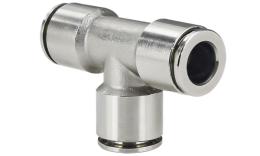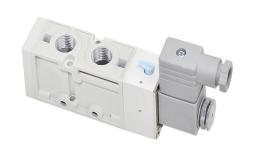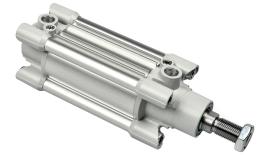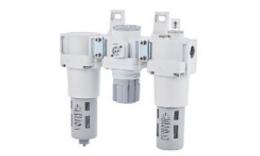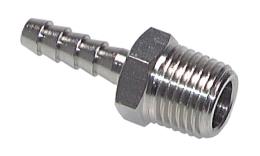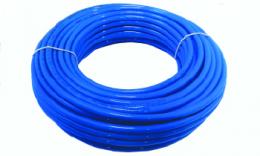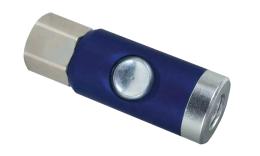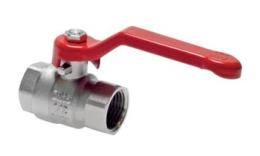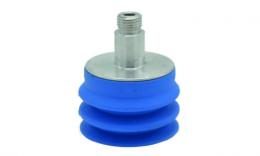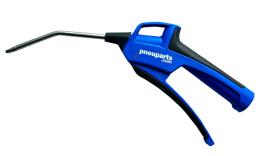 | Push-in koppelingen 3978 artikelen |
 | Ventielen elektrisch pneumatisch dempers 1552 artikelen |
 | Pneumatische cilinders en aandrijvingen 4436 artikelen |
 | Compressoren, drogers, ketels en onderdelen 655 artikelen |
 | Regelen - Meten - Filteren 5320 artikelen |
 | Draadfittingen en verdelen 3609 artikelen |
 | Slang- en Leidingverbinders 6728 artikelen |
 | Luchtslangen en accessoires 2056 artikelen |
 | Snelkoppelingen 2121 artikelen |
 | Kogelkranen en afsluiters 1769 artikelen |
 | Luchtleidingen & slanghaspels 2346 artikelen |
 | VACUPRO - vacuümtechniek 735 artikelen |
 | Perslucht gereedschap en toebehoren 462 artikelen |
 | Festo pneumatiek 3027 artikelen |
 | Originele producten 168 artikelen |
 | Kennisbank 34 artikelen |












